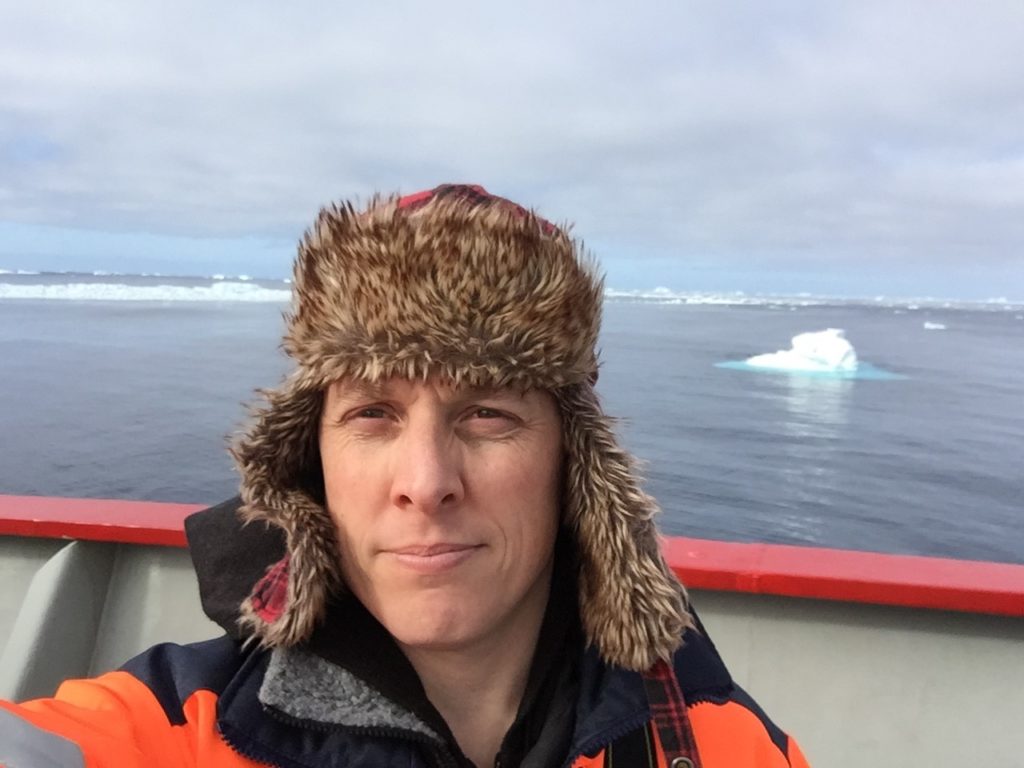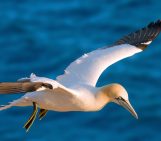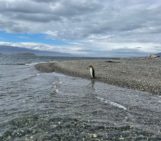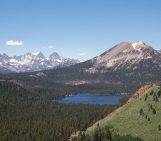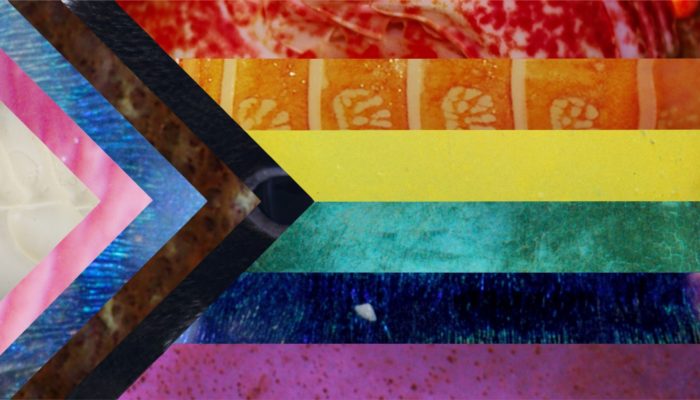
Working from home during the pandemic has allowed many of us to look back on past experiences and to long for the days when our work in marine science took us to amazing places all around the world. Pride month is another great opportunity for reflection and to consider how things have changed for us as LGBTQI+ individuals and the community within STEM, including, on the International Day of the Seafarer, those of us who spend significant parts of our careers working at sea.
Other than a brief dalliance with wanting to be an elephant at the age of four, I always wanted to be a marine biologist (even before I knew that such a job existed). I grew up on the west coast of Wales, a literal stone’s throw from the beach. My first real taste of working at sea came from day expeditions on Liverpool University’s R.V. Roagan from the Port Erin Marine Laboratory on the Isle of Man. For anyone who has never visited the Isle of Man it is a beautiful, yet rugged island in the middle of the Irish Sea where, prior to 1992, same-sex sexual activity was a criminal offence. So when I studied there in 1995-98 it was not the place to be out and proud, or even out at all! Thankfully times change and this month the island celebrated its first ever Pride event and LGBTQI+ marriages, families and rights are now recognised in law.
Moving from a small island to one of the most landlocked cities in the UK, Cambridge, was a cultural change, although at my new workplace, the British Antarctic Survey, the feeling that I should keep my personal life to myself continued. In the early days of my polar career there were no out LGBTQI+ role models in international polar science, let alone within my own workplace. When I finally got the opportunity to visit Antarctica on my first expedition in 2006 it was with a mixture of trepidation and excitement that I boarded the RRS James Clark Ross (or simply the JCR to those who knew her well). Packing for two months of working in Antarctica on a new vessel, with a crew you have never met and colleagues you barely know would be daunting to anyone, but when you are LGBTQI+ you have the added stress of worrying whether to be open and honest about yourself if you are going to be trapped in a vessel in one of the most remote places on Earth, with no means of escape, in the company of people who might judge, dislike or even hate you just for being you.
Stepping on board the JCR we were greeted by smartly dressed officers and what I would lovingly describe as the less smartly dressed crew. As well as my considerable amount of actual baggage (polar clothing, laptop, camera etc) I was also carrying the emotional baggage of years of homophobic jokes, slurs and exclusion. This baggage meant that I had my own preconceived ideas and prejudices about the tattooed, oily, swearing crew. Looking back this was my first exposure to my own unconscious biases and my assumption that just because the crew looked different from me meant that they were going to be homophobic and give me a hard time.
I am happy to report that after spending over a year of my life bobbing around the Southern Ocean on multiple expeditions, including as the chief scientist, my first impressions were wrong. I would happily trust that crew with my life and I feel honoured for them to have welcomed me into their home, a place that scientists only ever visit for short amounts of time. Over the years they have given me a hard time, mostly for not bringing my partner along so they can meet him, and they won’t accept his severe seasickness as an excuse!
Yes, in my career I have experienced the funny looks, apologies for jokes I shouldn’t have heard and other upsetting incidents, but I also understand that compared to many people from my community and other minorities I have been incredibly lucky and privileged. Would my experience have been different if I hadn’t been a cis-gendered, able-bodied, white man with parents who could afford to fund me through university? Most definitely! That is why it is important to me that I am open and visible about who I am and to help elevate other researchers from minority backgrounds through my work with the Diversity in UK Polar Science Initiative (DiPSI). UK polar science is not currently representative of the wider UK society, with women, ethnic minorities, disabled people and LGBTQI+ all significantly underrepresented. Knowing that I was not alone in my early career would have been transformative. Having visible role models and Initiatives such as Polar Horizons, the Association of Polar Early Career Scientists, UK Polar Network, Women in Polar Science, Polar Impact, and many others to open the doors of polar science to early career researchers from diverse backgrounds is helping to change the macho stereotypes associated with polar and marine science.
As I look back on what has so far been 21 years of being an Antarctic marine biologist I am heartened to see the changes that have occurred in that time for LGBTQI+ researchers. I am also well aware that not everyone’s experiences have been as positive as mine and that there is still a long way to go.

